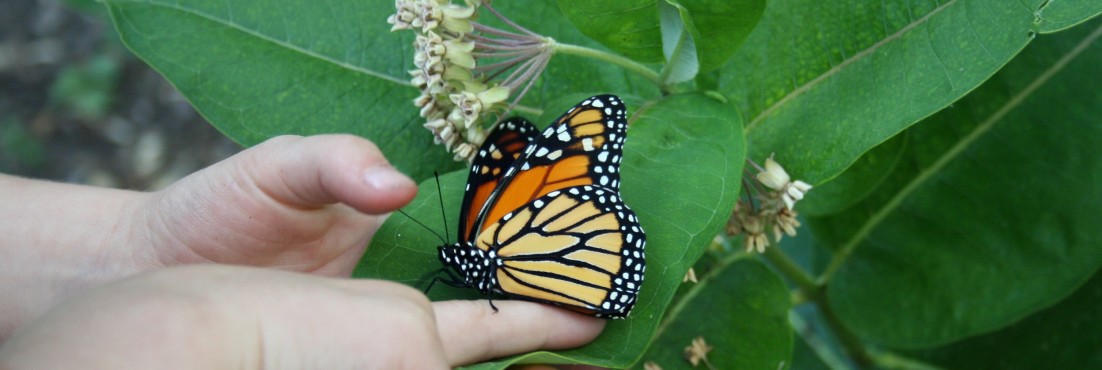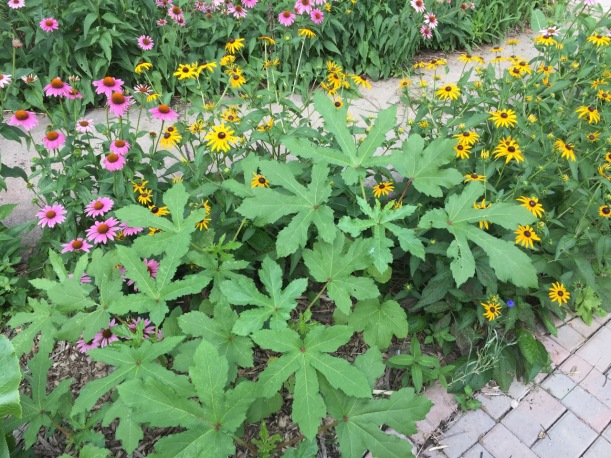What else is winter good for if not reading gardening books? Well, it’s also good for cross country skiing, baking, and movie marathons with my kids and 75 pound lap dog. I’ve gotten through three books so far this winter; my review of each is below.
Book Review: Gardening with Less Water, by David A. Bainbridge
 This is a quick read—it’s a basic overview of various techniques, many of which are old, to garden in arid conditions or simply to reduce your water usage. I’m interested in these techniques because my gardens are reaching a scope where keeping everything well-watered is unrealistic given my time constraints; also I want to conserve precious groundwater and rain water.
This is a quick read—it’s a basic overview of various techniques, many of which are old, to garden in arid conditions or simply to reduce your water usage. I’m interested in these techniques because my gardens are reaching a scope where keeping everything well-watered is unrealistic given my time constraints; also I want to conserve precious groundwater and rain water.
The book is divided into two major parts. First, Bainbridge reviews several types of efficient irrigation systems, including buried clay pots (also called ollas), porous capsules and hoses, deep pipes, wicks, buried clay pipes, and tree shelters.
I’ve used porous/soaker hoses for watering large parts of my fruit- and vegetable-producing gardens for years. I’ve often been frustrated with attempting to get the water pressure just right—especially when hooking up to rain barrels. In 2016, I even drilled holes every 6-10 inches in my vegetable garden hoses, to try and make them work better with the barrels. I used these for irrigating my raspberries and viburnums in 2017 from one of my rain barrels and was generally happy with how it worked out.
Bainbridge suggests burying your porous hose 6 inches deep in order to maximize efficiency. I like this idea and may try it in 2018. It will require much more manual checking during watering to make sure all is well, though. I purchased a new soaker hose system in 2017 that I am not real happy with, so I have some thinking to do here. I cannot say at this point that I highly recommend the Snip N Drip soaker hose system.
What intrigued me most in this book was Bainbridge’s description of ollas, or buried clay pots. They are thought to have been invented in China, a thousand or more years ago. The basic idea of an olla is illustrated on the cover of the book, shown above. You fill a porous reservoir with water, and it seeps out gradually right next to the roots of the plants. The book shows photos of ollas at the end of the season, covered with plant roots.
I asked my art teacher husband if he would consider making me a few of these—he taught several sections of pottery this semester. I was half-joking, but look what I opened up on Christmas morning:

He made six of them! They are pretty small—my plan is to use them in pots. I’ve been growing hot weather plants such as peppers in pots for the last two seasons. It’s great for cold climates because you can get a head start on them—soil in pots warms quickly. In the fall, I extend their life a bit by moving them next to my garage (and inside it overnight). Next year, I will bury one olla per pot almost to the rim when I’m adding and amending soil, then plant peppers, eggplants, nasturtiums, etc around the opening. Then I just have to fill the reservoir with water. I don’t know how often I’ll have to fill the reservoirs, but as of now I’m watering my pots every single day in high summer, so even every other day would be an improvement.
In arid areas, large versions of these are buried in vegetable gardens. It’s such a cool idea! Bainbridge also outlines how to accomplish basically the same thing with standard terra cotta pots, if you don’t have a pottery teacher for a spouse and/or don’t want to shell out $50 for an olla from a store.
This does bring me to my only criticism of this book, though—Bainbridge shows a sample garden layout that is a bit unrealistic.

Um, this is a 3′ by 6′ garden bed and he’s somehow fit eight buried clay pots, four tomato plants, four pepper plants, a row of radishes, and various herbs including large ones like garlic. I regularly stretch the University of MN’s plant spacing rules, but breaking the rules to this extent is setting yourself up for failure.
For comparison purposes, I usually CROWD six tomato plants into a bed approximately this same size. I have to prune them regularly, and there is no room for anything else in that bed. I’ve tried lots of different companion planting scenarios with my tomatoes. Sure, I could plant a bunch of onions and herbs with them (and I have). I’d get some, but the tomatoes would crowd and shade them so much they’d be puny at best. Last year I managed to get a crop of radishes out of the same bed, but that was because I planted them 4-6 weeks before the tomatoes, and harvested them all by the end of May.
This was one small low point in an otherwise excellent little book. The second part of the book covers various methods of rainwater harvesting and landscaping to maximize rainfall catchment. Many of the methods in the book are hardly new—they developed as agriculture did in various arid regions of the world.
I’ll report back next summer on how my ollas perform.
Book Review: Making More Plants by Ken Druse

Confession time: I did not read this entire book. It’s definitely next-level for me, so I skipped around only to parts that realistically apply to how I garden. I would love to make hundreds or thousands more plants from what I already have—and this book outlines exactly how. BUT, my time constraints and lack of a greenhouse limit what I’m able to do.
However, I did pick up a few nuggets in here that I will put into practice. Firstly, for seed starting, light bulbs need to be replaced every 3-4 years. This might be the explanation of why my seed starting efforts have been such a failure the past 3-4 years, despite adding a heat mat and trying some other things to improve my odds. My grow light bulb is now almost 10 years old! Time for a new one.
Also, taking cuttings of shrubs and sprouting them is more complex than I thought. I tried to sprout some cuttings from my serviceberry last year and now I understand why I failed. There’s a lot more to it than just cutting off a branch and sticking it in water. Only a very few plants (such as willows) can be propagated this way.
I may check this out of the library again in the spring, when dividing, sprouting, and propagating are top-of-mind.
Book Review: The New Vegetables, Herbs & Fruit, An Illustrated Encyclopedia by Matthew Biggs et al

This book was great fun to page through while sipping nog toddies next to the Christmas tree this month. I read snippets of it aloud to the family—there are a surprising number of herbs that were once prescribed to help you see, or not see fairies, elves, and other magical beings. Biggs et al also provide funny commentary for some entries. In the culinary section for the plant Horsetail (Equisetum arvense) is the comment, “It has been eaten as a substitute for asparagus, but I do not recommend it unless you are stuck on a desert island and there is no other food available.”
I took quite a few notes while reading this, including notes on new-to-me plants I’d like to try such as Hamburg parsley, fava beans, Gotu Kola, caraway and Mexican tarragon.
I also learned some great tips about things that always give me trouble, such as summertime lettuce. The authors claim that it’s better to sow lettuce seeds in the evening, as the first few hours are the most critical time for the seed to not be exposed to heat. Also, lettuce that is too crowded bolts more quickly.
I was also disappointed to read that avocados rarely bloom or set fruit in northern climates—our daylight hours are too short for too many months, and the sunlight is not intense enough. My daughter’s avocado tree that she started from a pit two years ago is impressively large, but perhaps it will only ever be a pretty and interesting houseplant.
This book is HUGE and just chock full of simple, great advice and funny anecdotes. This book, along with the Making More Plants one, really gave me a fever for having my own greenhouse. I’m just not sure I have the right site for one at my current home. However, if we ever rebuild our garage (something we’re keen to do someday), we could conceivably build a second level on it that included a greenhouse.
This time of year truly is the best time to dream all kinds of unrealistic dreams about what I might accomplish next year in my yard, garden, and, heck even my life. So, there you have it. I won’t say “Happy 2018” because I think it will be another challenging year. But I wish you peace and success in your garden.













































































